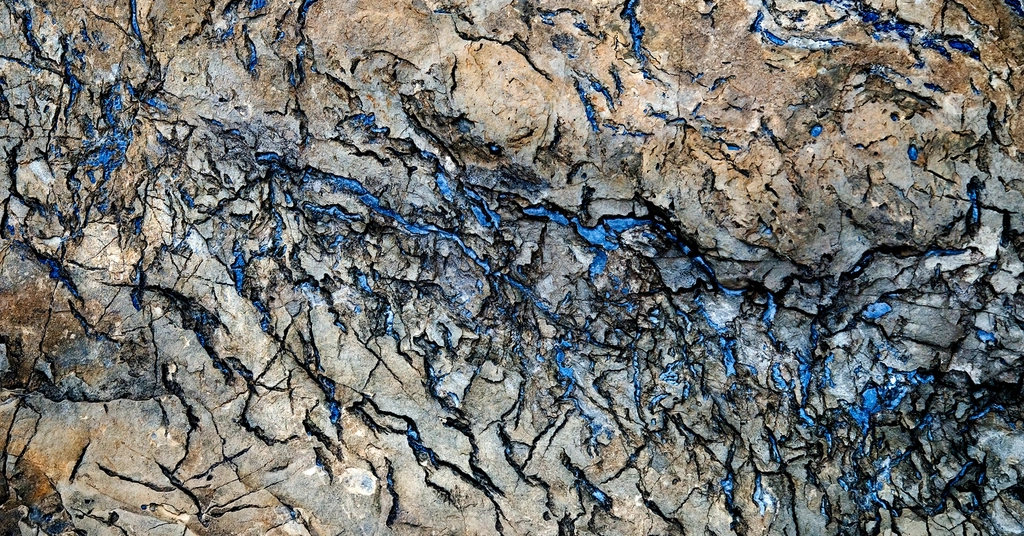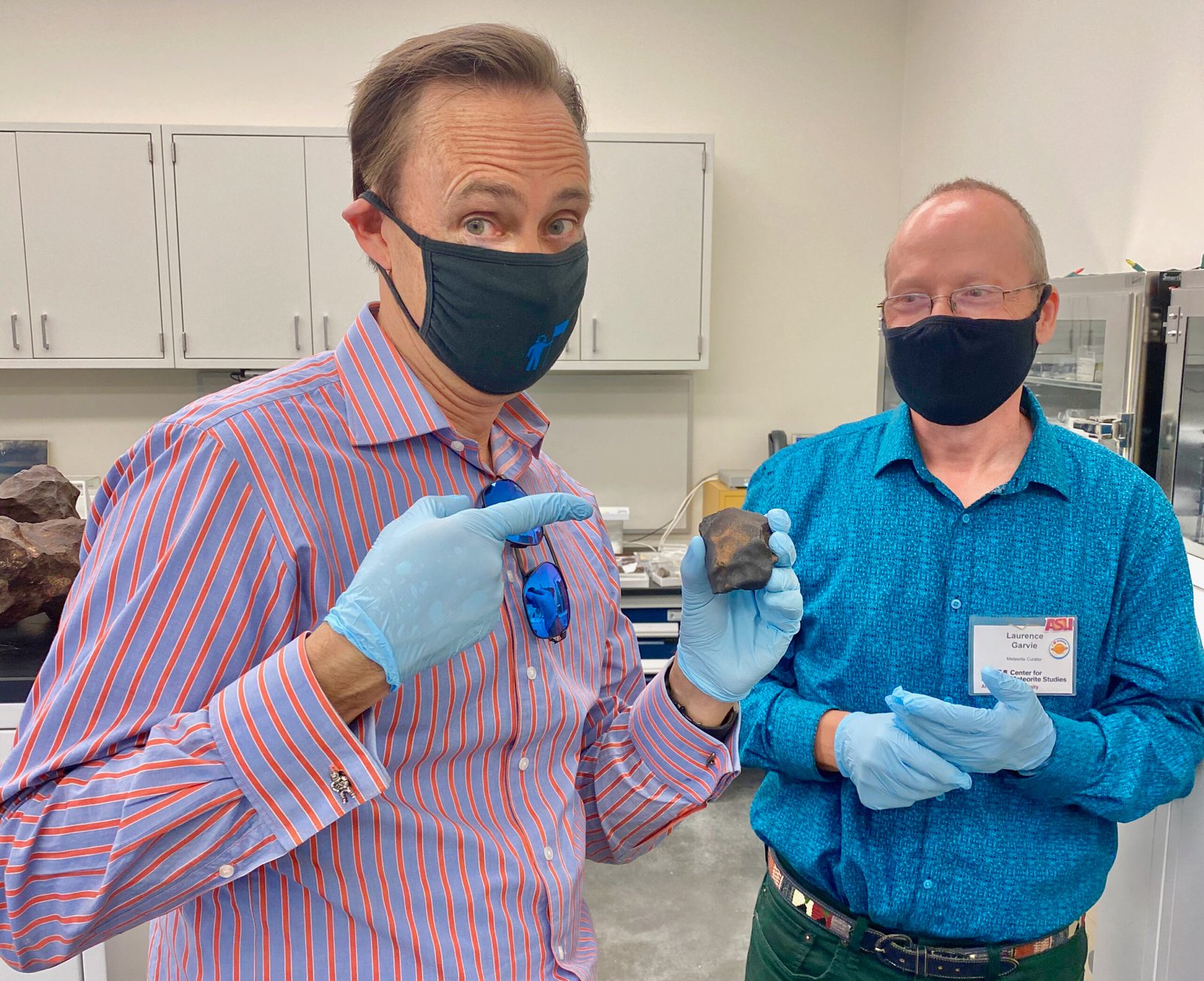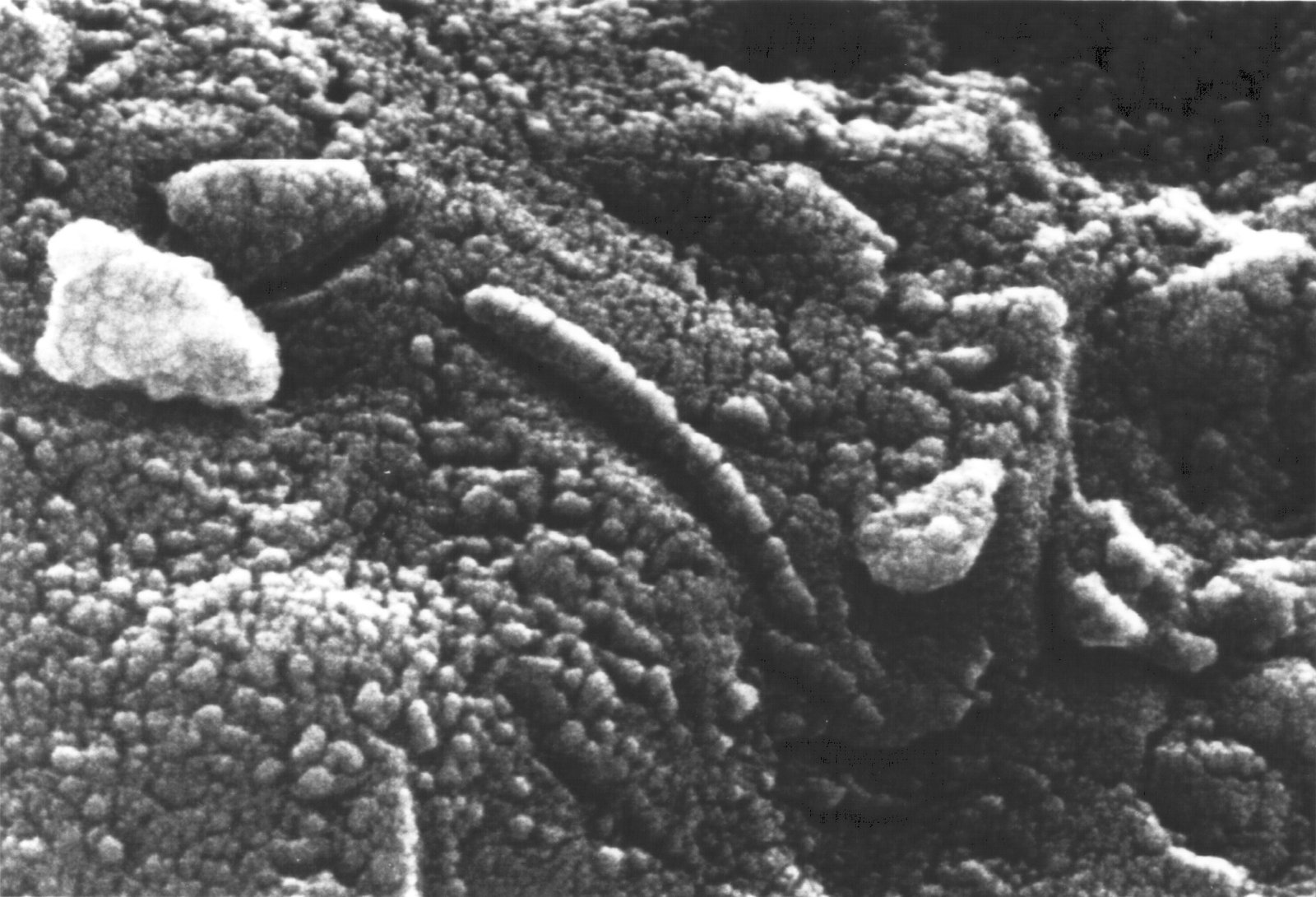The idea that Earth might not be the birthplace of life is an intriguing one. Imagine if the very essence of life on our planet originated from somewhere else in the universe. This is the premise behind the panspermia theory, a hypothesis that suggests life didn’t start here but was transported from elsewhere. This notion flips our understanding of life on its head, making us ponder the possibility that we might be cosmic hitchhikers. By delving into this theory, we explore new perspectives on the origins of life and our place in the universe.
The Cosmic Seed: Understanding Panspermia
The panspermia theory proposes that life exists throughout the universe and is distributed by meteoroids, asteroids, comets, and planetoids. Imagine a seed traveling through space, carried by cosmic winds, until it finds a fertile ground. Just like a dandelion seed drifting through the air, life could have been carried across the cosmos, eventually landing on Earth. This theory suggests that microscopic life forms can survive the harsh conditions of space and the impact of landing on a new planet, where they could potentially thrive and evolve.
Historical Roots: The Origin of the Theory

The concept of panspermia dates back to ancient Greece, with philosophers like Anaxagoras suggesting that life was present throughout the universe. In the 19th century, the idea gained traction when scientists began to consider the possibility that life could be transported via space debris. The term “panspermia” itself was coined by the Swedish chemist Svante Arrhenius in 1903. He proposed that spores could travel through space propelled by the pressure of light, a concept known as radiopanspermia. This historical context shows that the idea of life existing beyond Earth has fascinated humans for centuries.
Microbial Survivors: Life’s Resilience in Space
One of the key aspects supporting panspermia is the resilience of certain microorganisms. Extremophiles, organisms that can survive extreme conditions, have been found in some of the most inhospitable environments on Earth. These include bacteria that can withstand high radiation, extreme temperatures, and even the vacuum of space. Experiments conducted on the International Space Station have shown that some microorganisms can survive for years in space. This resilience suggests that life could potentially endure the journey across the cosmos, supporting the plausibility of panspermia.
Space Rocks: Vehicles for Life

Meteorites, asteroids, and comets are considered potential vehicles for life to travel across the universe. When these space rocks collide with a planet, they can eject material into space, potentially carrying microorganisms with them. Some meteorites found on Earth contain amino acids and other organic compounds, which are the building blocks of life. This evidence suggests that these space rocks could have played a crucial role in seeding life on our planet, acting as cosmic delivery vehicles for life’s essential ingredients.
Martian Connections: The Red Planet’s Role
Mars, our neighboring planet, has often been considered a potential source of life for Earth. Some scientists speculate that life might have originated on Mars and been transported to Earth via meteorites. This is because Mars and Earth have exchanged material over billions of years through impacts. The discovery of water and organic molecules on Mars further fuels this speculation. If life did start on Mars and make its way to Earth, it raises fascinating questions about our connection to the Red Planet and the potential for life elsewhere in the solar system.
The Search for Evidence: Scientific Investigations

Scientists continue to search for evidence of panspermia by studying meteorites, space missions, and the conditions of early Earth. Missions like NASA’s Perseverance Rover aim to uncover signs of past life on Mars, which could provide clues about panspermia. Additionally, efforts to study meteorites that have landed on Earth help researchers understand their composition and potential to carry life. These investigations are crucial in determining whether life on Earth could have originated elsewhere, and they push the boundaries of our understanding of life’s beginnings.
Challenges and Criticisms: The Skeptic’s View
Despite its intriguing premise, the panspermia theory faces several challenges and criticisms. One major criticism is the lack of direct evidence proving that life can survive the journey through space. Critics argue that while microorganisms are resilient, the harsh conditions of space, including radiation and extreme temperatures, could destroy them. Additionally, the theory doesn’t explain how life originated in the first place, merely suggesting a method of transportation. These challenges highlight the need for further research and exploration to validate the panspermia hypothesis.
Implications for Humanity: A Shift in Perspective

If panspermia were proven true, it would have profound implications for our understanding of life and our place in the universe. It would suggest that life is not unique to Earth and that the building blocks of life are common throughout the cosmos. This perspective could change how we view ourselves and our relationship with the universe. It might also influence our search for extraterrestrial life, as we would know that life can travel between planets and potentially thrive elsewhere. Such a shift in perspective could inspire new explorations and collaborations in the search for life beyond Earth.
Cosmic Connections: The Interconnectedness of Life
The panspermia theory emphasizes the interconnectedness of life across the universe. It suggests that life is not an isolated phenomenon but part of a cosmic tapestry, woven together by the threads of space and time. This idea resonates with the concept of unity in diversity, as life on Earth could be part of a larger, universal family. By considering the possibility that we are all connected through the cosmos, we gain a deeper appreciation for the wonder and mystery of life. This interconnectedness invites us to explore further and seek out our cosmic relatives.
The Future of Panspermia: Exploring New Frontiers
As our understanding of the universe expands, so too does our exploration of panspermia. Future space missions, technological advancements, and scientific discoveries will continue to shed light on this captivating theory. Researchers are developing new methods to detect life on other planets and study the conditions necessary for life to thrive. As we venture further into the cosmos, we may uncover evidence that supports or refutes the panspermia hypothesis. The future holds endless possibilities for discovery, and the exploration of life’s origins will remain a central quest for humanity.




